|
Hooded Merganser taking off, Agua Caliente Park, December 28, 2021 It is winter in SE Arizona. The days are shorter, the sun lower in the sky. Our summer avian residents have departed for warmer and buggier regions to our south, but our year round birds are still here, along with migrating flocks from the north. We will see ducks on the ponds and tens of thousands of Sandhill Cranes at White Water Draw, southeast of Tombstone. Let's start our winter birding at Tucson Mountain Park, just west of Tucson and very close to the Arizona-Sonora Desert Museum. Next we will travel east through Tucson to the foot of the Rincon Mountains at Agua Caliente Park. Tucson Mountain Park: January 6, 2022Pima County Natural Resources Parks and Recreation runs many programs including outdoor nature walks, many centered around birds. On the 6th we joined Jeff Babson at Tucson Mountain Park, map below. Tucson Mountain Park was established in April 1929. At 20,000 acres, the park is one of the largest natural resource areas owned and managed by a local government in the U.S. The park territory includes Old Tucson (toward the center of the map above and temporarily closed), and the Arizona-Sonora Desert Museum (seen in the upper left corner of the map). We met up with Jeff and our birding group on Hal Gras Road, at the first ramada, seen in the lower middle of the map, and walked down the road, map detail shown below. Note that both maps come from Lightroom Classic CC. I have geolocation tags on all the photographs taken on the 6th. The map below shows the number of shots by location in the colored call-out squares. This whole region is spectacular. It was a beautiful morning, with the winter sun rising to the southeast. Curve-billed ThrasherMany of the birds we spotted were far, far away, out of camera range, but a few were up close against the rising sun. Here we see a Curve-billed Thrasher sitting in a cholla. In the image below he is taking off with a leap. Curve-billed Thrashers are about the size of a Robin, and reminiscent of a Mocking Bird, but a bit bulkier, with a decurved (curved down) bill. They are year round residents of most of Mexico and southern Arizona, New Mexico, and Texas. Their strong legs and long decurved bill provide good tools for hunting insects in the desert terrain. As we see here, they are right at home in a cholla cactus. (Reference: All About Birds). They build bulky nests of twigs 3-5 feet from the ground, often in cholla cactus. For more on nesting, see my post from 2017. Canyon TowheeThe Canyon Towhee is a large sparrow with a thick bill and a long tail. They are year round residents of Mexico and portions of southern Arizona, New Mexico and SW Texas. They spend their days on the ground and in small desert shrubs eating mostly seeds as well as berries and some insects. Their preference for seeds, and ability to eat insects, provides enough dietary variety to allow them to stay in one place throughout the year. For the photo geeks: Balancing exposure on the backlit cholla was tricky. In the new version of Adobe Lightroom Classic CC I have the option of asking LR to choose the subject, which it did pretty well. I then increased the exposure of the bird without blowing out the nice highlights on the cholla needles. Cactus WrenThe Cactus Wren, like the Canyon Towhee and Curve-billed Thrasher, is a year round resident of the deserts of SE California, southern Arizona and New Mexico as well as southern Texas and the low lying deserts of Mexico including Baja California. They eat mostly spiders and insects but also fruit. They get the majority of water from the food they eat, rarely drinking standing water, a real survival advantage for desert dwellers. Agua Caliente ParkAs a segue to Agua Caliente Park, I could not resist adding the image below of a Cactus Wren captured at Agua Caliente on January 19th, just to the east of the parking lot sitting on a cholla cactus. Agua Caliente Park is on the east side of town in the Tanque Verde Valley, just east of Soldier Trail off of Roger Road. For more on the park and its colorful history see my post from 2016 Agua Caliente Park . . . Note that the county continues to offer bird walks in 2022 but the schedule varies. See the county website for times and to sign up: Pima County Natural Resources Parks and Recreation. Hooded MerganzerHooded Mergansers are small crested ducks that live throughout the U.S. and southern Canada, residing year round east of the Mississippi, and gracing our ponds during the winter. Each year we are lucky to have a few here in Tucson, and this year at least one male has been spotted at Agua Caliente. They have striking crests and markings seen in these images above and below. Hooded Mergansers dive in ponds for fish, crustaceans, amphibians, mollusks, insects and vegetation, catching their food in their thin serrated bills. They are cavity nesters, favoring tree cavities 10 to 50 feet off of the ground. The offspring leave the nest at one day, managing the fall to the ground, where mom walks them to the nearest body of water where swimming and diving begins right away. This breeding cycle favors climates with tall trees near water, consistent with their year round range east of the Mississippi, the Pacific northwest and Canada. They also nest in tree boxes, helpful in areas where tall trees have been lost. The photograph below is a female Hooded Merganser at Agua Caliente a year ago, January 26, 2021. The female has a gray/brown body with a cinnamon crest. PhainopeplaPhainopeplas are silky flycatchers and regulars at Agua Caliente. For more on these birds, checkout this post from 2016 Late Fall in Tucson, and this post on nesting in the spring: Fast Food for Phainopepla Hatchling . . The males are quite striking in the morning sun. They catch insects on the wing, favoring high perches, a real plus for birders and photographers alike. Gila WoodpeckerGila Woodpeckers are year round residents of the desert southwest, from southern Arizona south into mainland Mexico and Baja California. They eat insects, small vertebrates and berries. Above is a female looking for breakfast, below is a male sitting on top of a Saguaro. The males sport a red cap which we can see in the morning sun. Gila Woodpeckers are cavity nesters, and regulars in the Saguaros of the southwest. For more on this species in SE Arizona, see this page: Gila Woodpecker. Vermilion FlycatcherThe Vermilion Flycatcher is one of 37 species of Tyrant Flycatchers in the Family Tyrannidae, Order Passeriformes. They are regular residents of SE Arizona, with a range south into Mexico, Central and South America. They are beautiful birds, easy to spot and fun to watch as they feed. The male spends much of his time perched, looking for insects and running a route that often includes one or more perches. The male's bright color and hunting habits make him easy to photograph - although so much red in bright sun is a challenge in post-production processing. This male looks a bit fluffed up against the morning chill. Anyone with a down quilt knows that feathers are great for insulation. For more photographs of Vermilion Flycatchers, see this link Vermilion Flycatchers Mt Lemmon AZ Images. Gray FlycatcherThe Gray Flycatcher, like the Vermilion, is in the family Tyrannidae, but in a separate genus, Empidonax, also known as Empids. Members of this genus are very similar in appearance, and often difficult to distinguish one from the other. Their distinctive characteristics are generally range, habitat, and call, the latter varying by season. During winter and migration, when birds are more silent, it may be impossible to tell certain species apart. Another empid we see in SE Arizona is the Cordilleran Flycatcher, which is almost identical to the Pacific Slope Flycatcher, except for range and mating calls. For more on how to identify flycatchers, see Kenn Kaufman's definitive volume, Field Guide to Advanced Birding, Houghton Mifflin Harcourt, 2011, p 344. Gray Flycatchers are described on the Cornell site as "grayish above, whitish below, with a thin, pale eye-ring. Darker wings and tail with two grayish wingbars. The bill is mostly pinkish or yellowish below, usually with a blackish tip." The Gray Flycatcher can be distinguished by the downward flicking of the tail, in contrast to the upward flicking of their fellow empids. Gray Flycatchers eat mostly insects in the understory, hunting from a perch, taking insects from the air as well as from the ground. They may also eat small fruits during the winter months. As always, my thanks to Jeff Babson for his help in identification. Black PhoebeBlack Phoebes have sooty black bodies and crisp white bellies. Unlike the empids, this bird is not hard to identify. They live year round in the western Americas from northern California into southern South America. They eat insects and other arthropods from low perches, usually near water. They will run a route, repeatedly going from perch to perch harvesting their food. The photograph above was captured near the western pond. Photo tip: Quietly observe a Black Phoebe for a while, and you will likely see it move from perch to perch repeatedly. Set up in a location with a good view of one or more perches, and routes, maximizing the light and background. Set your shutter speed on the high side, above 1/1000 sec, and wait to catch this fun bird on his rounds. You will likely be close to a stream and may need bug repellant. The two images below were captured at White Water Draw in December of 2019. In the second image the bird is taking off, likely spotting an insect and hanging on tight until his wings get a bite of the air to then spring forward toward the prey. That's all for now. Stay tuned, more winter birding coming soon. It is a great time to be out and enjoy the desert! Happy Trails!
7 Comments
Linda Currin
1/22/2022 08:37:45 am
You are such a gift for all those who love birds, like me. Thank you for this incredible adventure, Henry.
Reply
Henry Johnson
1/22/2022 08:47:54 am
Linda,
Reply
Barb Eisele
1/22/2022 10:47:38 am
Thank you, Henry. What a great way to spend part of Saturday morning looking at these fabulous images. Can't wait for your next post. Be well, Barb
Reply
Dr. Charles van Riper III
1/22/2022 08:23:16 pm
Another nice job Henry - keep up the GRET work on birds!!
Reply
HenryThank you for these bird masterpiceses.
1/23/2022 08:01:34 am
thank you Henry
Reply
Pam Winsten
1/24/2022 11:52:20 am
Enjoy seeing so many of our neighborhood birds. Thank you for capturing them so perfectly and for the additional information!
Reply
Diana Osborne
2/3/2022 07:28:54 am
Thank you Henry. Your information about the location and birds is enlightening. Your photos are spectacular.
Reply
Leave a Reply. |
AuthorHenry Johnson, photographer and author of this site. For more detail, see About
Categories
All
Archives
July 2024
|







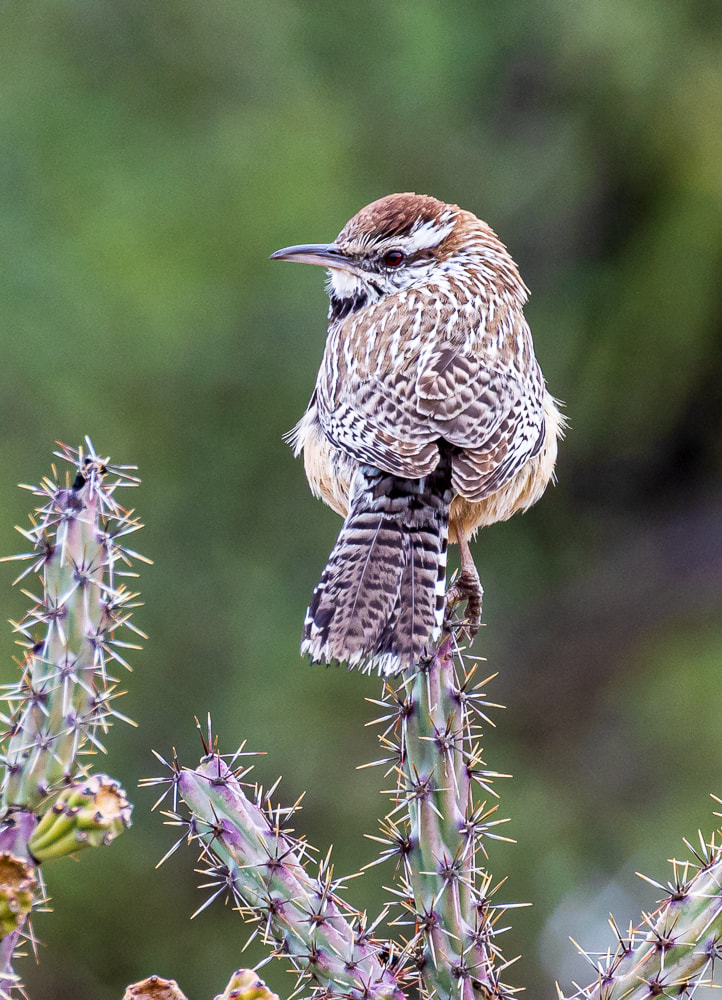

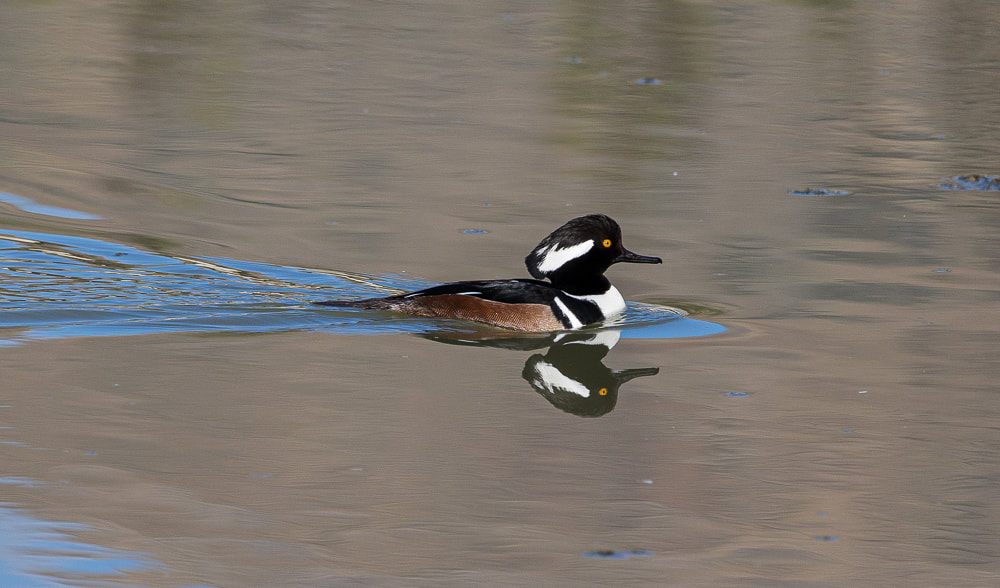

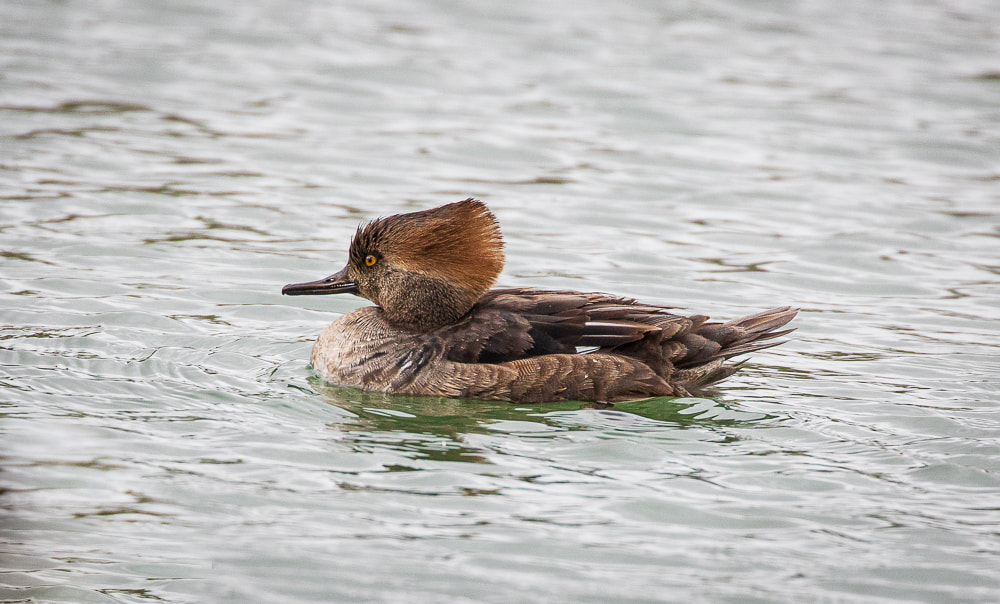
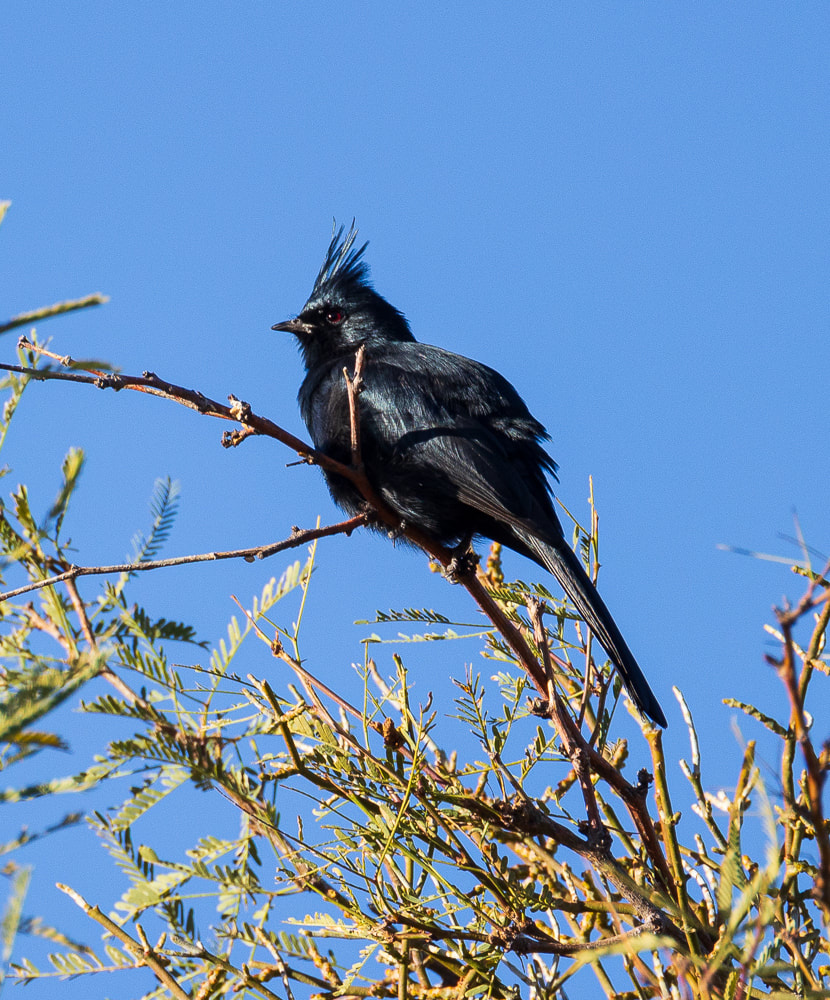






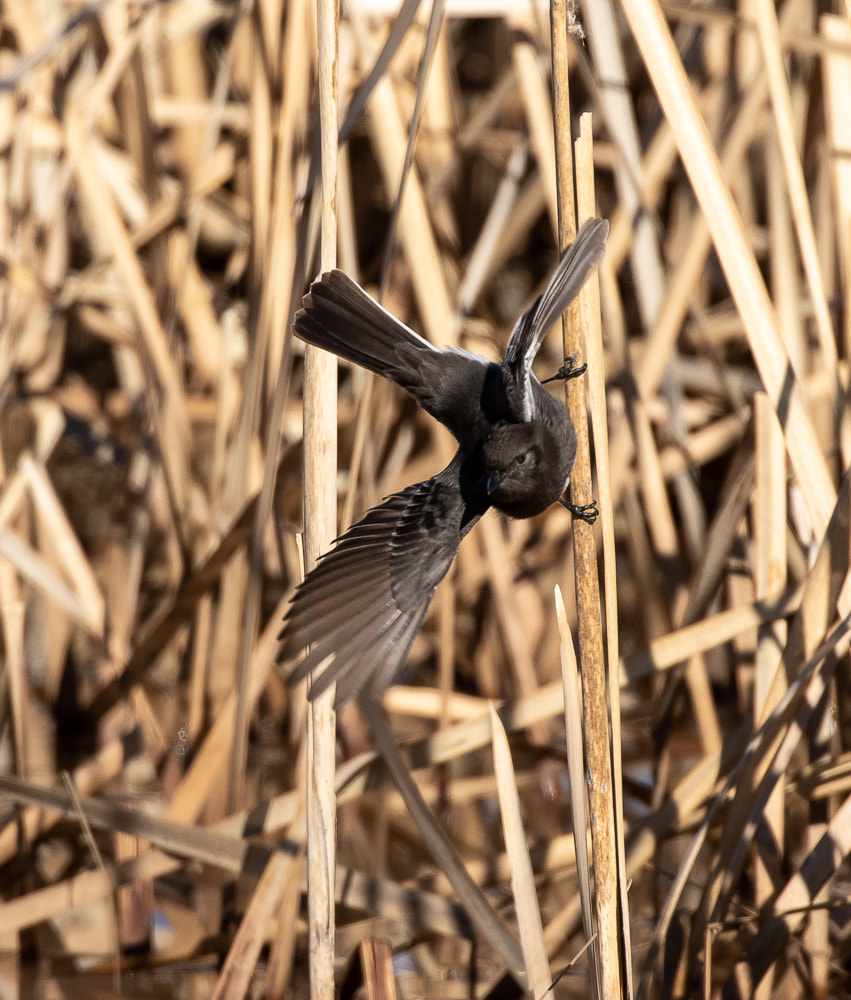
 RSS Feed
RSS Feed